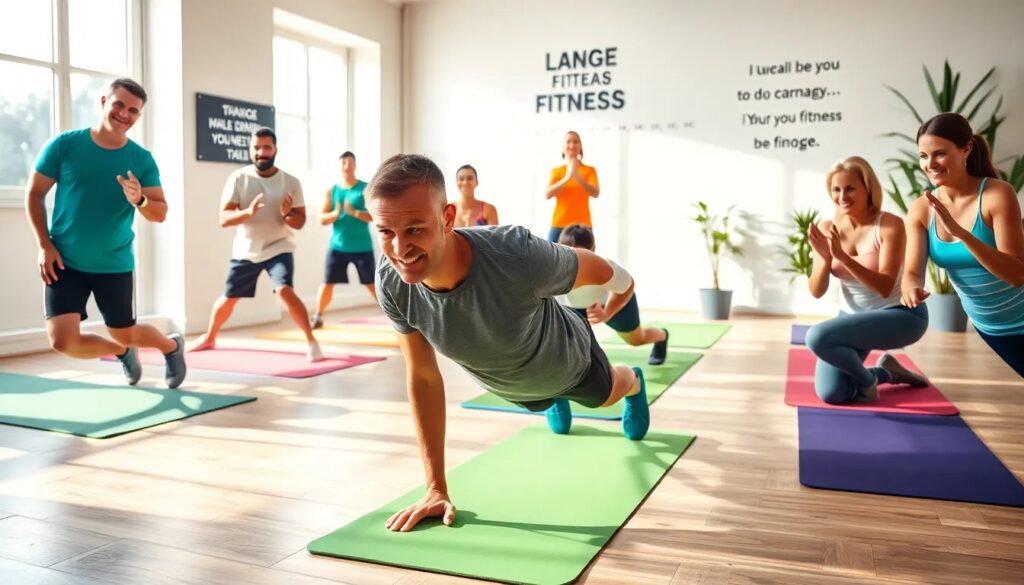How to do a proper plank for optimal results

Planking is one of the most effective bodyweight exercises to strengthen your core, improve posture, and enhance overall stability. In this guide, we’ll explore how to do a proper plank and cover everything you need to know to integrate this powerful exercise into your routine.
Whether you're a beginner or looking to refine your technique, understanding the fundamentals of planking will help you achieve optimal results and prevent injuries.
How to do a proper plank that works all the right muscles
To achieve the best results from planking, it’s crucial to maintain proper form. Here’s a simple step-by-step process:
- Start by lying face down on the floor.
- Position your elbows directly beneath your shoulders.
- Lift your body off the ground by balancing on your forearms and toes, keeping your body in a straight line from head to heels.
- Engage your core by tightening your abdominal muscles.
- Hold the position for as long as possible while maintaining proper alignment.
Remember, proper form is essential to avoid common mistakes, such as sagging hips or dropping your head. Aim for a straight line from your head to your heels!
What are planks?
Planks are a type of isometric exercise that involves holding a position where your body is fully extended and supported by your forearms and toes. They are designed to engage multiple muscle groups simultaneously, making them a highly efficient workout.
This exercise targets your core strength and also works your shoulders, arms, and glutes. Unlike dynamic exercises, planking requires no movement, making it a great option for those who want to enhance their muscle endurance without risking injury.
What muscles do planks work?
Planking is renowned for its effectiveness in strengthening several key muscle groups:
- Abdominal muscles: The primary focus during planking, these muscles engage to maintain stability.
- Back muscles: Helps support your spine and improve posture.
- Shoulders: Your shoulder muscles work hard to keep your body supported.
- Glutes: Engaging your glutes helps to stabilize your lower body.
By integrating planks into your routine, you’re not just working on core stability, but also improving your overall strength and endurance.
What are the health benefits of planks?
Incorporating planks into your fitness regimen offers numerous health benefits, including:
- Enhanced core stability: A strong core supports your spine and improves your balance.
- Posture improvement: Regular practice can lead to better posture by strengthening the back muscles.
- Injury prevention: Strengthening your core can help prevent injuries, especially in the lower back.
- Improved muscular endurance: Planking helps build endurance, allowing you to perform other exercises more effectively.
These benefits make planking an essential addition to any fitness routine, regardless of your current fitness level.
How to do a proper plank for beginners?
For those new to this exercise, start with a basic plank to build strength. Here are some tips:
- Start with your knees on the ground, lifting your upper body and keeping your elbows aligned beneath your shoulders.
- Gradually increase the time you hold the plank as you build strength.
- Focus on breathing steadily to maintain endurance.
As you progress, aim to hold the plank for longer durations to challenge your muscle endurance.
How to do a proper plank at home?
One of the best aspects of planks is that they can be done anywhere, including at home. To optimize your home workout:
Create a designated space on a flat surface. Lay down a yoga mat or towel for added comfort. This not only makes it more enjoyable but also encourages you to practice regularly.
Consider setting a timer to keep track of your plank duration and gradually increase the time as you improve.
How to know if you are doing plank correctly?
To ensure you are performing a plank correctly, check for these key points:
- Your body should be in a straight line from your head to your heels.
- Avoid sagging your hips or arching your back.
- Keep your neck relaxed, looking down towards the floor.
If you're unsure, consider recording yourself or seeking feedback from a fitness professional to verify your form. Proper form is vital to gain the full benefits of this exercise.
How many planks should I do?
The number of planks you should do depends on your fitness level and goals. Here are some guidelines:
- Begin with holding the plank for 15-30 seconds.
- As you feel stronger, increase your hold time gradually.
- Incorporate 3-5 sets into your workout routine for optimal results.
Listen to your body and progress at your own pace. The goal is to build strength without risking injury. Remember, how to do a proper plank effectively is the key to achieving your fitness goals.
For a more visual guide on planking, here’s a helpful video:
Incorporating planks into your workout routine can greatly enhance your core strength and overall fitness. With the right technique and consistency, you’ll see improvements in no time!
Leave a Reply